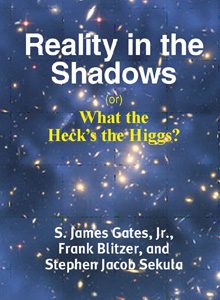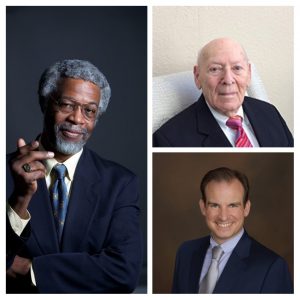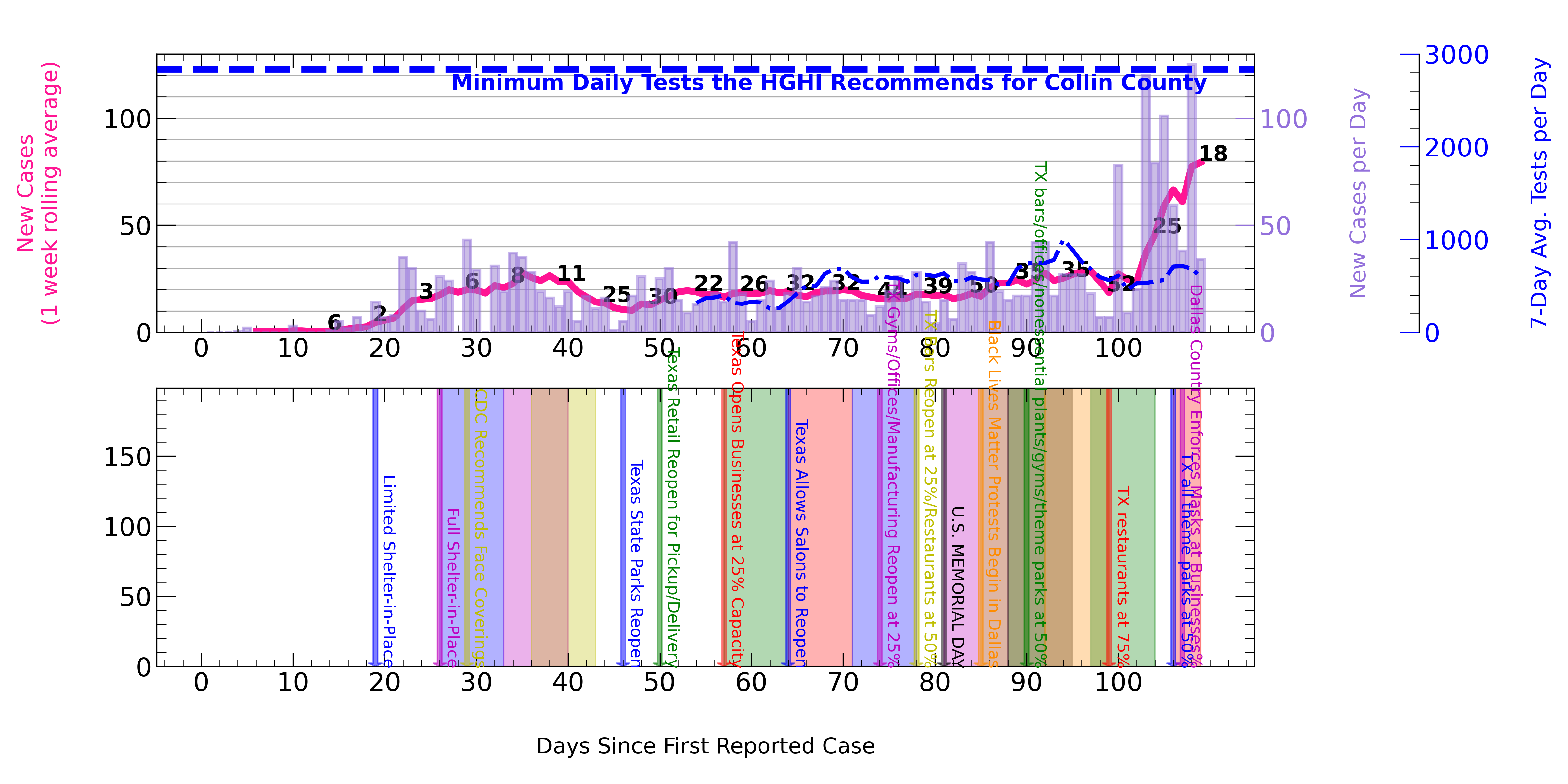
When I joined the existing co-authors of “Reality in the Shadows” to contribute to the book, I hesitated. It had nothing to do with them. Jim Gates is renowned in my field for his intellectual prowess, considered a founder of key ideas in the theory of supersymmetry. Frank Blitzer is a talented polymath, with expertise in engineering (he’s literally a rocket scientist), a man who helped put humans on the moon, and a man passionate about communicating modern science to a non-expert audience. In fact, both of them are passionate on the latter.
It wasn’t a fear of writing. A lot of physicists are afraid of writing. They seem to dread the exercise. I embrace it. I know I am too wordy, but I also accept the need for review and editing… so that usually works out for me. I can write fast and revise slow.
No, it was something else that made me hesitate: my colleagues. Writing a book on physics for a popular audience carries potential social and, as a knock-on effect, professional risk for a practicing physicist mid-career. I hesitated because I feared a backlash from my peers, those who frown on writing books for a popular audience. They view it as an exercise in bad analogies, misinformation about the details of physics, and especially revisionist history. In this essay, I explore my fears ahead of taking the dive into joining Frank and Jim in co-authoring “Reality in the Shadows.”
I’ve heard a number of my colleagues grumble over two decades about physics books written for a popular audience. Paraphrasing the average comments:
“There is too much emphasis on string theory.”
“There is too much emphasis on supersymmetry.”
“The person who wrote that book hasn’t done serious physics in a long time.”
“That’s not how those events happened. You had to be there.”
In many ways, there are kernels of truth in such criticisms. If a book takes off, the popularity can serve to distract serious physicists from what got them interested in the subject in the first place: the research. String theory (and supersymmetry) has certainly dominated the “grand unified theory/theory of everything” conversations for decades, despite the inability to deliver either experimental evidence or mathematical solutions to key and foundational problems, even as the ideas have matured. It is also indeed true that history can be “written by the winners” and there is a danger that what is available in print or in personal recollections about a development in physics is already a revisionist view of reality.

But if we shied away from writing for a popular audience, driven back by those criticisms, there would be no books for the general public. Worse, no actual physicists – the very people who should be writing such books – will be engaged in communicating with the public. Leaving science writing only to the science writers, and taking it out of the hands of the practicing scientists, seems a great recipe not only for mis-communication of the reality of science but also for alienation. The gap between the practicing scientists and the public at-large would only continue to grow, and the problems that scientists are faced with in the modern world – scorn, ridicule, deprivation of resources, doubt, and mis-characterizaton – will only magnify. Ironically, by creating a culture in which communicating with the general public is frowned upon by those who practice the profession, the profession itself is left exposed and at-risk.
I weighed all of this in 2016 before agreeing to join the writing team. I was heartened that one co-author was a non-physicist, and the other was an expert theoretical physicist. My inclusion brought something new to the party: my experience as an experimental physicist. In many ways, the three of us – Jim, Frank, and me – represent a microcosm of the kinds of successful collaborations that, in the real profession, solve the hardest problems. The mathematical physics genius, the master builder, and the data-taker and analyzer… these are crucial ingredients in successful modern scientific collaborations. Without these three aspects, how can one plan an experiment, build an experiment, or operate an experiment? How can one secure the data, understand the data, and interpret the data? How can one predict new phenomena, which then leads to planning new experiments? I felt heartened that the author list was a sampling of the most successful collaborations in real science. That, in and of itself, was a kind of poetry.

And yet I still hesitated. I won’t lie. When the book came out, I shied away from letting my own department know it existed. It was Jodi who, against my wishes, sent a mail announcing the book. I braced for some biting criticism, or side remarks intended to trivialize the publication. Thankfully, none came… at least not directly to me. Perhaps I misjudged some of my peers. That’s fair. We all do that to each other – judge and misjudge. Or, perhaps, my colleagues were just too busy with all the other things going on in our department this year. Or perhaps this is a trivial accomplishment, one not meant to be respected by anyone in the field (there’s that imposter syndrome speaking again…). Whatever the real reason, I relaxed a bit. People started buying the book and asking me to sign it. I shut out the imposter demon and eased into a new aspect of life: the published author.
In doing so, I made sure not to let the book be a distraction from what matters to me most: physics research. I doubled-down on my commitments to the ATLAS experiment. Did I do this because I was afraid that, once a published author, I would be judged as not-so-serious a physicist any more? I don’t know. I know I am excited about being more involved in ATLAS, and I welcome the intellectual challenge that new responsibilities can bring.
I have never craved attention; at least, I have never craved the kind of attention that comes with things like publishing a book. I love writing. I like knowing someone is reading what I write, and that they might derive something from it, or see something in it I did not. I like interacting with the public about physics, but it’s not a full-time job that I could imagine doing for years at a time. Good science communication really is a full-time job, and is quite exhausting. I’ve seen the toll it can take on the professional science communicators, especially those who let go of the research they once loved.
I do love physics research. I crave understanding, not attention. If understanding brings attention, that is the best way to get it, I suppose. I love working with students and post-docs, and I love working with other faculty who are serious about collaborating together on hard problems. I like learning new things. I like teaching others how to learn new things. That, too, is a full-time job.

Of course, I learned a lot while working on this book, and in doing so came to a slightly better understanding of the period of mathematical development that just preceded the birth of what we now call the Higgs particle. I learned how to work on a collaborative writing project that ends not in a journal publication for a specialized audience, but in a book for a general audience. For my parts of the book, I tried to communicate some of the story of those ideas, and I tried to base those contributions on recollections by physicists involved in the discoveries. Am I an historian of science? Absolutely not. But getting the history perfectly correct would have gotten, ironically, in the way of communicating the ideas and, especially, the messy reality of conducting science. In fact, a perfect understanding of the precise history of ideas – even recent ones – in physics is probably never possible. Who did or thought what and when is always a sticky mess. Sometimes people have an idea decades before it becomes relevant, and credit goes to someone else who didn’t really come up with it first. Historians of science will sort that out, and I’m happy to work with Frank and Jim to revise our book to reflect that.
What was important to me was to inject experimental scientist skepticism into the book where it was appropriate. Is string theory a settled subject? Heck no. It may not even be the right theory of nature at all. The lack of evidence for it doesn’t make it right or wrong… it just doesn’t tell us about whether or not it is a candidate for scientific truth. Do we understand everything about the universe just because we discovered the Higgs boson? Absolutely not. Is dark energy a solved problem, just because we’ve given it a name? Hang on while I stop laughing. Sorry. Laughing too hard to write.
(wipes away tears)
Science is a messy process. The scientific method has steps, but they don’t always proceed in the prescribed order (which, anyway, is a mere approximation of how actual scientists conduct science) and they must be repeated over and over to establish reliable information. Messy, for sure. But as a methology far less messy than all the other ways humans try to establish knowledge, and it has the virtue of being the most successful way humans ever developed for explaining (and predicting) the natural world. Communicating that was also important to me, and I took opportunities to do that. I also took pains to make sure that, in my own contributions to the writing, the audience walks away with a sense that not everything is known, not everything is settled, and that’s okay. A discovery tomorrow might upset the apple cart of what we think we know, and I’m happy to know that is possible.
What matters, to me, is that I have tried to help to engage a new generation of people in the mysteries of the cosmos. This, to me, is the most important thing. I will die someday. This book will stand for a new generation, and one after that, and perhaps one after that, as a way to engage the new generation… the new scientists. Once, I was a child held mesmerized by books on physics intended for a general audience. Perhaps, now, Jim, Frank, and I can inspire a new generation, the ones who will come after us and, maybe, be the ones to crack all the problems we leave behind. I don’t know. But I have faith that, in being a physicist willing to engage with the public on difficult subjects that are close to my heart, I might help to bring a few new minds into the field who will go on to define physics for a new generation. I decided that was worth the scorn of some of my peers… who, honestly, if they have opinions, are free to go write their own books.
Talk to me; I know a publisher.
About “Reality in the Shadows”

“Reality in the Shadows (or) What the Heck’s the Higgs” by S. James Gates Jr., Frank Blitzer, and Stephen Jacob Sekula. Available from Amazon.com, Barnes and Noble, Books a Million!, YBK Publishers, and other book retailers. $26.95.
Description:
In recent years, we have learned that the commonplace materials described by the scientific findings we have so far discovered portray but a tiny piece of a much greater universe–a universe ruled by vast mysteries that appear to shape reality at both its largest and smallest sizes. That universe is now coming to be better understood. You will see how this has happened and how the shadows in the unknown slowly continue to be lit and identified.

Reality in the Shadows is a chronicle of the men and women who cast light on these mysteries of our existence, a look into some of the brilliant ideas that they presented, and a longer look at the new and even greater mysteries of the cosmos that now cry for scientific explanation. It is also an opportunity to become familiar with a now-famous particle– the Higgs Boson–that is both a telling-out of some very old questions and the beginning for hundreds of new and yet-to-be-answered ones.
This book is written for the lay person–someone very interested in this subject, who may not have had a lot of technical preparation. It was prepared to make the material as engagingly easy to read as possible and provides many analogies and explanations.



